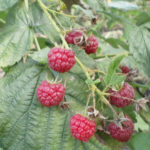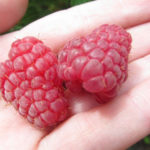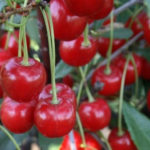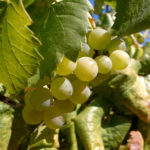Strawberry variety First grader
The first grader is a non-renovated medium-late variety of strawberries (garden strawberries) for universal use. Bred by the employees of the Federal Altai Scientific Center of Agrobiotechnology by crossing the Fairy and Torpedo varieties. The authors are A.D. Zabelina and N.P. Stolnikova. In 2002, 2 years after filing an application for admission and passing state tests, the "novelty" was included in the State Register of Breeding Achievements of the Russian Federation. Zoned in the West Siberian region (Altai Territory and the Altai Republic, Kemerovo, Tyumen, Tomsk, Novosibirsk, Omsk regions).
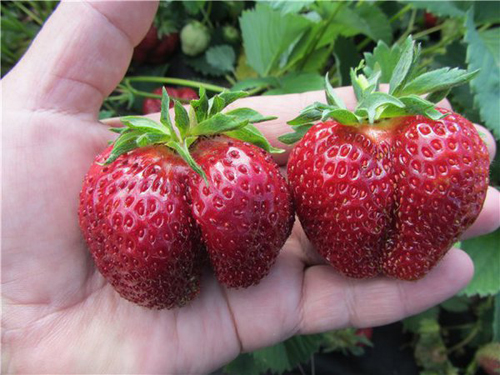
The plant is powerful, erect, abundantly leafy. The mustache is medium, dark green in color, formed in large numbers. The leaves are large, slightly ribbed, dark green in color with a characteristic waxy bloom. The petiole is thick, with strong pubescence. The flowers are bisexual, strawberries do not require additional pollination. Flowers are rounded, slightly wavy, white-cream color. The inflorescence is semi-sprawling, consists of a large number of flowers.
The berries of the variety are medium-sized, have the correct blunt-conical shape without a neck. The skin is red with maroon grooves. Achenes are numerous, colored yellow. The pulp is red, medium-dense, aromatic. The First-grader has a very good taste, sweet and sour, harmonious. The tasters rated it at 4.2 points out of 5 possible. It is worth saying that our heroine is the favorite of many gardeners precisely because of her taste. Even if it is not the sweetest, it successfully combines sugariness and sourness, the taste is not cloying, even refreshing. The pulp contains: 6.4% sugar, 1.3% ascorbic acid.
After harvest, strawberries remain dry, have an excellent presentation, but the variety is not suitable for sale - the fruits are quite soft, they do not tolerate transportation well, and they cannot be stored. According to gardeners, taste deteriorates very quickly during storage. The maximum that the berries can withstand without losing taste is 1-2 days in the refrigerator. In use, they are universal, suitable both for fresh consumption and for canning, making preserves and jams.
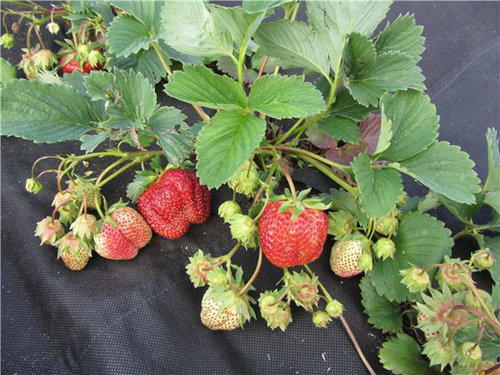
Fruiting in strawberries is quite stable, the berry does not quickly become shallow throughout the season, in the first two or three harvests, the size and weight of the fruits are leveled. The average weight of First-grader berries in the season is about 10-15 grams, during the first harvest it can reach a maximum of 35 grams. Of course, such numbers cannot be called large, especially in comparison with other modern giant varieties, however, a lot of fruits are tied, which provides a fairly good yield - 81 c / ha. It is worth saying that our heroine in this indicator is noticeably inferior not only to popular foreign varieties, but also to many Russian ones, however, she has many advantages that other varieties cannot boast of.
Strawberries are relatively resistant to freezing, in this regard they are superior to many other varieties. Of course, a good shelter for the winter clearly does not hurt. Also, the first-grader is highly resistant to diseases and pests - during the state tests she was very rarely damaged by them. According to gardeners, the variety also has a high drought resistance, and it feels great in rainy seasons.
As for the agricultural technology of cultivation, our heroine is very attractive in this regard. Firstly, it is undemanding to soils, and on soils on which other varieties will not take root, it feels very comfortable. Of course, on fertile soils, plants will perform better. There are few subtleties of caring for the variety, we will list the most basic of them.
- Plants should be planted at a distance of about 25-30 cm from each other, the row spacing should be about 50 cm.
- Although strawberries are drought tolerant, regular watering will have a positive effect on yields.Plants don't need much attention to soil moisture levels, so this shouldn't be too much of a hassle for you.
- The first grader does not need an increased amount of fertilizers, but she will respond well to your efforts. It will be enough to feed twice per season. Organic fertilizers should be applied even before planting, as well as before flowering, then preference should be given to mineral complexes.
- Do not forget about such standard measures as loosening the soil, preventive treatment of strawberries from diseases and pests. Although our heroine is resistant to them, prevention is clearly not superfluous.
- Pay sufficient attention to the removal of the mustache. As already mentioned, they are formed in very abundant quantities and draw on quite a lot of nutrition, which is why the berries become smaller, and in general the yield decreases significantly.
- Rejuvenate the plantation in time to avoid a decrease in the size of the berries and a deterioration in their taste.
In conclusion, a small summary can be made. The first grader does not have a very high yield or any special taste, but for a long time it has remained a very beloved variety by gardeners. She is able to show consistently good results even in the harshest climates, in which other species simply do not survive. And if you want to have strawberries on your site that will not require much care from you, but will delight you with a good and tasty harvest, then the First Grader is the ideal option.

